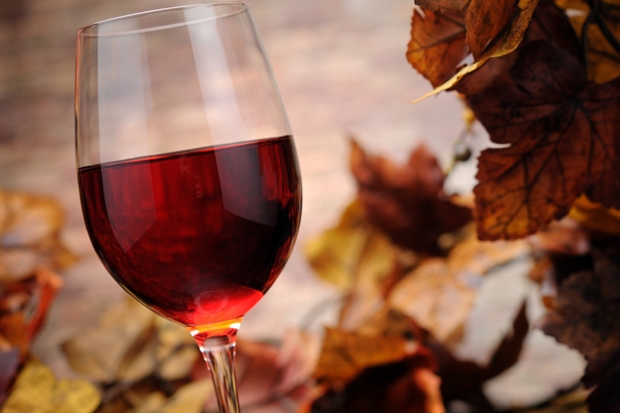Good Saturday, 2015, stepping westward. Autumn sunshine: autumn leaves, almost comparable to New England: pumpkins everywhere, very New England. We were in Sherborne, a town famous for its abbey and castle, but well worth a proper Pevsner-guided exploration.
There were obvious questions. When and how did the pumpkin take over from the turnip, ‘trick or treat’ from guising? Why is Halloween, All Souls’ Night, both holy names, associated with witchcraft and other emanations of the dark? As with Walpurgisnacht, we are in the spirit-haunted marches between early Christianity and paganism. After nightfall, we walk in deep shadow. Is that light a -turnip-bogle, as they used to say in Scotland before the era of the pumpkin? Or is it an eldritch licht: warlocks in the mirk, searching for Tam o’ Shanter? Even at the beginning of Advent, the old order can still muster its forces.
But we were not in search of architecture, antiquarianism, theology or ghost stories. We had come for lunch and found a perfect spot, The Green, in the centre of town. The proprietor/chef is Sasha Matkevitch, a Russian. That influences his cuisine, especially the zakuski: in effect, Russian tapas. His food is thoughtful and inventive, most of it based on locally sourced meat, game, fish, vegetables and fungi. An accomplished forager, he knows where to find cepes and truffles. His ham hock was at least as good as any I have eaten, even when it was called jambon persillé in Burgundy.
It is, I suppose, a comment on the times that the restaurant feels obliged to offer a children’s menu. Ned and Louis politely deflected that and were soon tucking into rare beef. But there is a problem with the proper menu. It is hard to decide what one does not want to eat. The wine list is full of interesting bottles, reasonably priced. This would be a perfect restaurant for a group of friends in search of a jolly Saturday lunch after a fossick around Sherborne, happy to swap and taste so that they could try as many dishes as possible.
From the jolly to the sublime. We were celebrating the birth of Arthur Richard Caractacus, a new soul at the very beginning of his journey: still too young for wine. Others stood sponsor for him and drank an ’85 Lafite en magnum. I tried to persuade his mother that it is unhealthy for girls who have recently foaled to drink first-growth claret. I was sure I had read something to that effect in the health columns which I religiously peruse. But she was not having any; or rather, she was.
It is a wine which has one struggling for superlatives and metaphors, with the obvious risk of sounding pretentious while failing to do justice to the subject-matter. It is a big wine, big as a mountain range. But it is also disciplined, structured and harmonious. The power of the grape responds to the vigneron’s direction just as a great orchestra awaits the conductor’s baton. When the new-born babe will have reached a mighty man’s estate, that wine will still grace a glass.
The next day, I was able to confirm an impression from recent drinking. Early on, the 2003 Bordeaux vintage was often dispraised. It had been a very hot summer. The fear was that many of the grapes had been over-cooked and that the wines would lack subtlety and balance. Not so. With the Lafite setting a standard, I drank a Leoville-Barton 2003. It was delicious: perfectly at its peak, with hardly a sign of age. If you are lucky enough to own some, there is no hurry to finish it. This may be more generally true of the 2003s. It was undoubtedly an uneven vintage, but when the wines are good, they are excellent. Hugh Johnson extols the merits of the 2003 Latour. It will still be drinking well when young Arthur makes his first forays into viniculture.






Comments